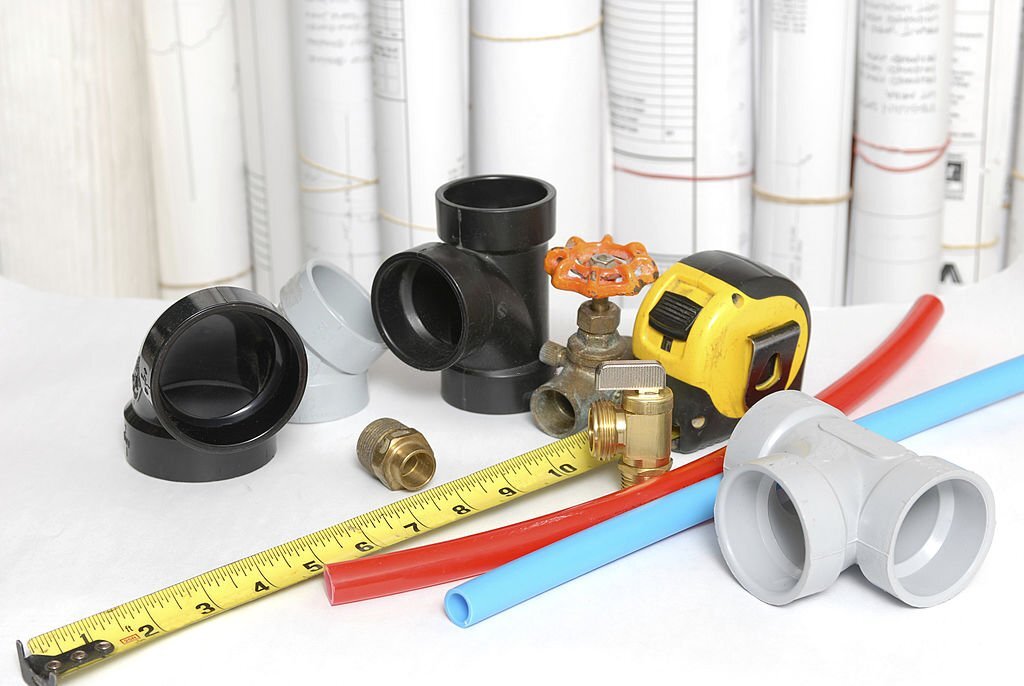How to Estimate Plumbing Material Costs in the United States
Estimating plumbing material costs is a fundamental and indispensable step in the successful execution of any construction or renovation endeavor.
Whether you are an experienced professional contractor overseeing large-scale projects or a passionate DIY enthusiast embarking on a home improvement venture, the importance of accurate plumbing estimates cannot be overstated. These estimates serve as the bedrock for budgeting, planning, and ensuring the overall financial feasibility of the project.
In the vast and diverse landscape of the United States, plumbing material costs can exhibit substantial variations depending on several factors.
Regional differences, fluctuating market trends, and the intricacy of the project all play a pivotal role in determining the final cost. As such, it becomes paramount to develop a systematic and reliable method for estimating plumbing material expenses.
In this comprehensive blog, we will delve into the intricacies of plumbing material cost estimation in the United States. We will explore various techniques and tools at your disposal, such as plumbing estimate and plumbing quantity takeoff, to help you achieve accurate and well-informed estimates.
By the end of this article, you will gain a profound understanding of the best practices to adopt when estimating plumbing material costs, empowering you to embark on your projects with confidence and clarity.
Understanding Plumbing Estimates
Before diving into the specifics of estimating plumbing material costs, let’s first understand what a plumbing estimate is. A plumbing estimate is a comprehensive calculation of all the material and labor expenses associated with a plumbing project. It includes the cost of pipes, fittings, fixtures, valves, and other necessary materials. A well-prepared plumbing estimate serves as a roadmap to ensure that the project remains within the budget and timeline.
Gathering Project Information
To create an accurate plumbing estimate, you need to gather relevant project information. Start by reviewing the project’s architectural plans, plumbing blueprints, and specifications. These documents will provide you with crucial details about the scope of work, pipe lengths, fixture quantities, and any specialized materials required. Moreover, take note of any specific plumbing codes or regulations that must be adhered to in the area where the project will take place.
Plumbing Quantity Takeoff
The plumbing quantity takeoff is a vital process in estimating material costs. It involves systematically quantifying and itemizing all the materials required for the plumbing project. This step requires meticulous attention to detail. Begin by breaking down the project into various components, such as hot water systems, cold water systems, drainage, and sewer lines.
For each component, create a list of all the materials needed, including pipes, fittings, connectors, and fixtures. Ensure you take accurate measurements and consider potential waste during installation. Using specialized software for quantity takeoffs can expedite this process and reduce the chances of errors.
Researching Material Costs
Once you have the list of required plumbing materials, it’s time to research their costs. Prices of plumbing materials can fluctuate over time due to market conditions and demand. Reach out to local suppliers and hardware stores to gather up-to-date pricing information. Don’t forget to consider factors like bulk discounts and shipping costs for online purchases, as they can significantly impact your final estimate.
Accounting for Labor Costs
In addition to material costs, estimating plumbing expenses should also take into account labor costs. Labor expenses can vary widely based on the complexity of the project and regional labor rates. For larger projects, consider hiring a skilled plumbing contractor or consulting with experienced professionals to obtain accurate labor estimates. If you’re doing a DIY project, estimate the time it will take you to complete the plumbing work and consider any assistance you may need.
Factoring in Contingencies
Plumbing projects can sometimes encounter unforeseen challenges, such as hidden damages or the need for extra materials. To safeguard your budget, it’s prudent to include a contingency allowance. Typically, a contingency of around 5-10% of the total estimated cost is considered reasonable. This buffer will help you handle unexpected expenses without derailing the project.
Utilizing Estimation Software
In the digital age, numerous software tools and applications are available to streamline the plumbing estimation process. These tools often come equipped with databases of plumbing materials and their current prices, making it easier to perform accurate quantity takeoffs and generate detailed cost estimates. Embracing technology can save time and enhance the accuracy of your plumbing estimates.
Conclusion
The importance of accurate plumbing material cost estimation cannot be emphasized enough. It serves as the backbone of any successful construction or renovation endeavor, guiding project managers, contractors, and DIY enthusiasts alike in making informed decisions and ensuring the project’s financial viability.
The utilization of effective techniques like plumbing estimate and plumbing quantity takeoff enables you to create comprehensive and precise estimates, laying the groundwork for a well-planned and successful project.
Hence, investing time and effort into accurate plumbing material cost estimation will pay dividends throughout the project’s lifecycle. From the initial planning stages to the final completion, precise estimates will provide the framework for sound financial management and successful project delivery.
So, take advantage of the available techniques and tools, conduct thorough research, and remain diligent in updating your estimates. By doing so, you will be well-equipped to navigate the complexities of plumbing material costs in the United States and ensure the success of your plumbing projects.


